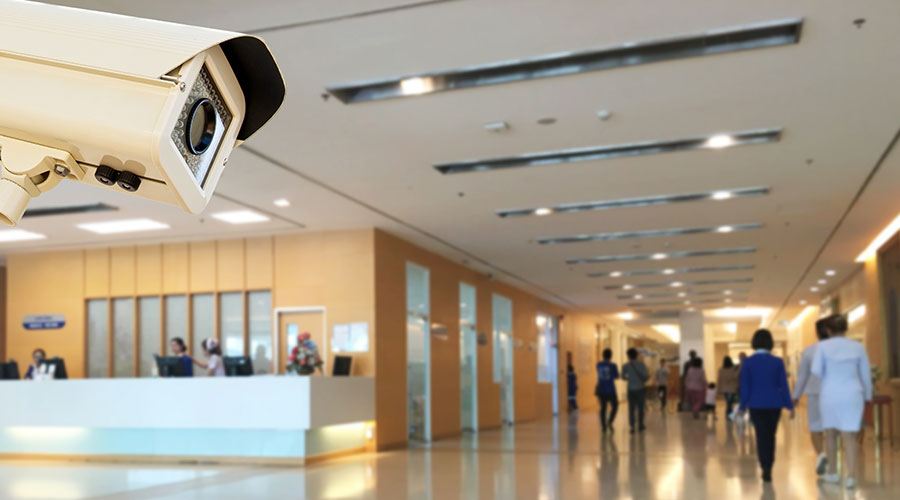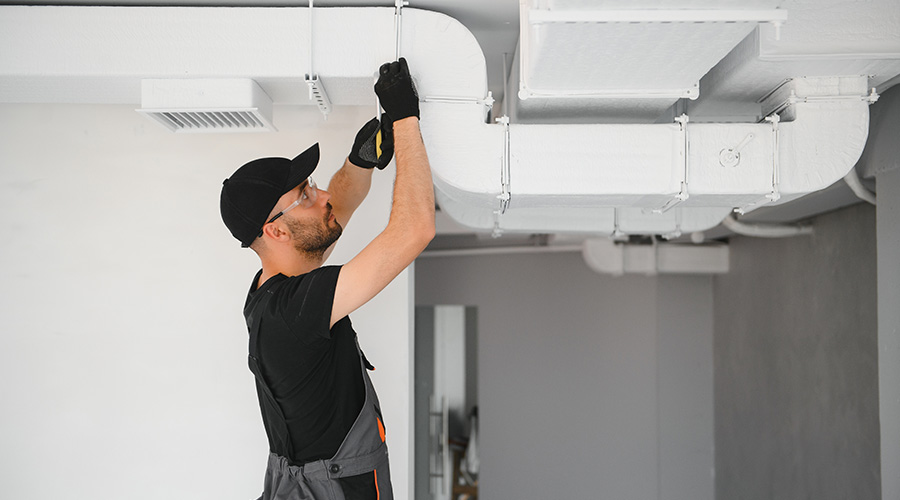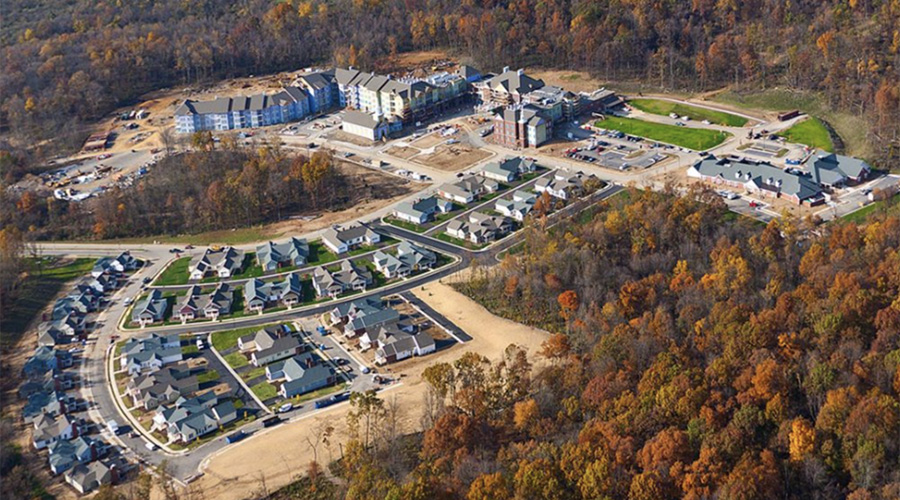A mistaken report of a rifle and gunshots at Walter Reed National Military Medical Center in Bethesda, Maryland, recently led to a temporary lockdown and active shooter response, WUSA9 reports. The incident began when a witness reported seeing a man with what appeared to be a rifle in a parking garage. An active shooter alert was issued, but the cause was found to be loud construction noises mistaken for gunfire.
The suspected weapon was a rubber training rifle carried by military personnel, and there was no malicious intent or danger to the public. The hospital’s main building, was locked down as a precaution. The all-clear was given, normal operations resumed, and no charges were filed.
Related Content: Layered Security on the Rise in Facilities
Hospitals and medical campuses house vulnerable populations, operate under pressure and must coordinate across departments and agencies in the face of potential threats. A well-drilled emergency response plan is critical for safety.
The Walter Reed response showcases key takeaways for healthcare facility leaders:
- Swift action matters. Alerts and lockdowns need to be automatic in response to credible threats.
- Communication is key. Staff, patients and visitors must receive consistent and clear messaging during crises.
- Training pays off. Regular drills, scenario planning and coordination with local authorities build confidence and preparedness.
- Expect the unexpected. Even everyday activities, such as construction or training exercises, can spark confusion if not clearly communicated.
While the threat at Walter Reed was not real, the response was. That is the mentality healthcare facilities need to protect patients and staff.
Jeff Wardon, Jr., is the assistant editor of the facilities market.

 The OR HVAC Puzzle: Why Individual Systems Are on the Rise
The OR HVAC Puzzle: Why Individual Systems Are on the Rise Sutter Health Announces Plans for New Santa Clara Medical Center
Sutter Health Announces Plans for New Santa Clara Medical Center Sanford Health Receives $300M Gift for Black Hills Medical Center Campus
Sanford Health Receives $300M Gift for Black Hills Medical Center Campus Wanted: Scientific Standard for Hospital Cleaning
Wanted: Scientific Standard for Hospital Cleaning NLCS Strengthens Safety and Compliance with Comprehensive Electrical Program
NLCS Strengthens Safety and Compliance with Comprehensive Electrical Program